A brief introduction to the description of the flavor, taste and aroma characteristics of robusta coffee beans why the harm of robusta beans is notorious
Coffee beans are mainly divided into three varieties, namely: small-grain Arabica coffee, medium-grain robusta coffee and large-grain Liberika coffee. However, the most common are Arabica and Robusta varieties of coffee.
Arabica varieties of coffee are mostly high-quality coffee, and they are picky about the growth environment, such as shade trees at high altitude, but poor disease resistance and relatively low yield, while Robusta coffee has relatively low requirements for growth environment and strong disease-making ability. We all know that the flavor of coffee beans at high altitude is naturally better. For example, there is a big difference between the rose summer coffee of the Emerald Manor in Panama and the rose summer flavor of Ethiopia. Robusta varieties of coffee at low altitude, the flavor is naturally not as good as rabica, so, more often, Robusta varieties of coffee are commercially mixed bean espresso or instant coffee.
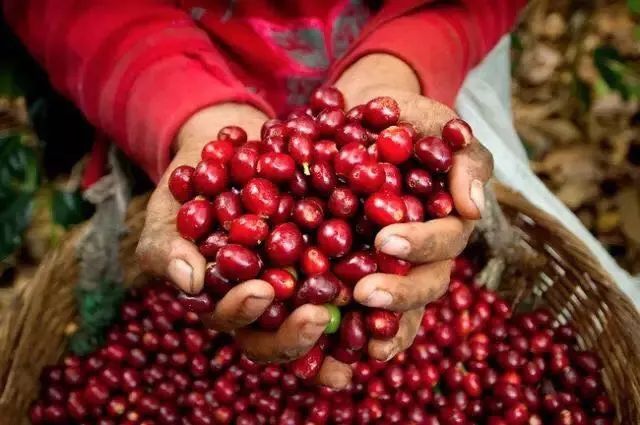
Arabica coffee trees have relatively clear plant morphology, shrubs with oval green leaves and natural growth height of 5 to 6 meters. Arabica coffee trees have a life span of 20 to 30 years, but the yield of each Arabica coffee tree is low. it produces about 75% of the world's coffee beans. Robusta coffee beans, Robusta coffee trees belong to a relatively sturdy shrub form, which is suitable for growing in tropical or subtropical areas with an altitude of 200 to 800 meters, and has low requirements for growth environment, strong adaptability, low planting cost and high yield.
Arabica
Small Arabica coffee, which originated in the Ethiopian plateau, is widely cultivated because of its excellent flavor quality, and its coffee production accounts for 70% of the global coffee production. Like the Ironka, Bourbon, Rosa and so on, which we usually hear, all belong to Arabica coffee.
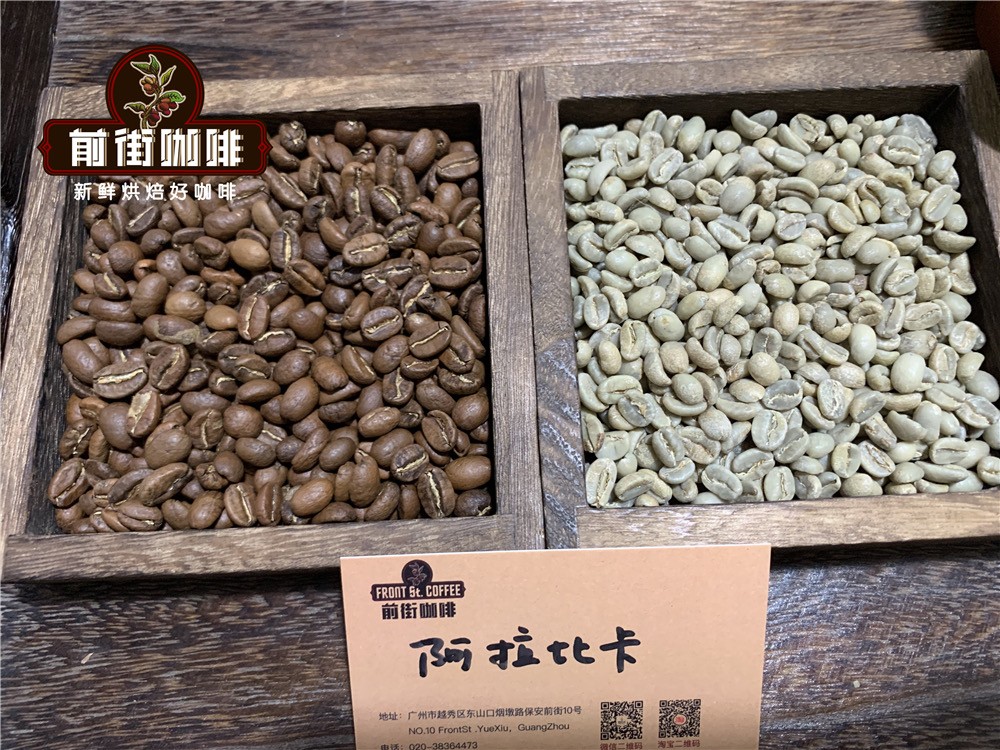
Arabica species are very sensitive to the requirements of the growing environment, so the areas suitable for the growth of Arabica coffee trees are mostly located in the coffee belt with alpine terrain between the Tropic of Cancer. Arabica requires an altitude of 800-2000 meters for growth. The higher the altitude, the better the quality of the coffee. Arabica coffee is currently the most widely distributed variety of coffee. Arabica coffee is grown in Asia, Central and South America and Africa. Countries such as Ethiopia, Kenya, Panama, Colombia and Brazil are famous producers of Arabica coffee.
Robusta
In fact, the medium-grained robusta coffee species should be strictly called the Canefa species. Robusta is a subgenus of the Canefa species, so Robusta has almost replaced Canefra as a synonym for the species. Robusta originated in the Congo (basin) of West Africa and is widely cultivated because of its low altitude, high yield and easy to grow. Its coffee production accounts for 20% of global coffee production and 30% of coffee production.
The shape of Robusta coffee beans
Robusta coffee beans are one fruit and one bean. The shape of Robusta is round and C-shaped, while the center line is in the shape of "1" and the color of raw beans is yellowish brown.
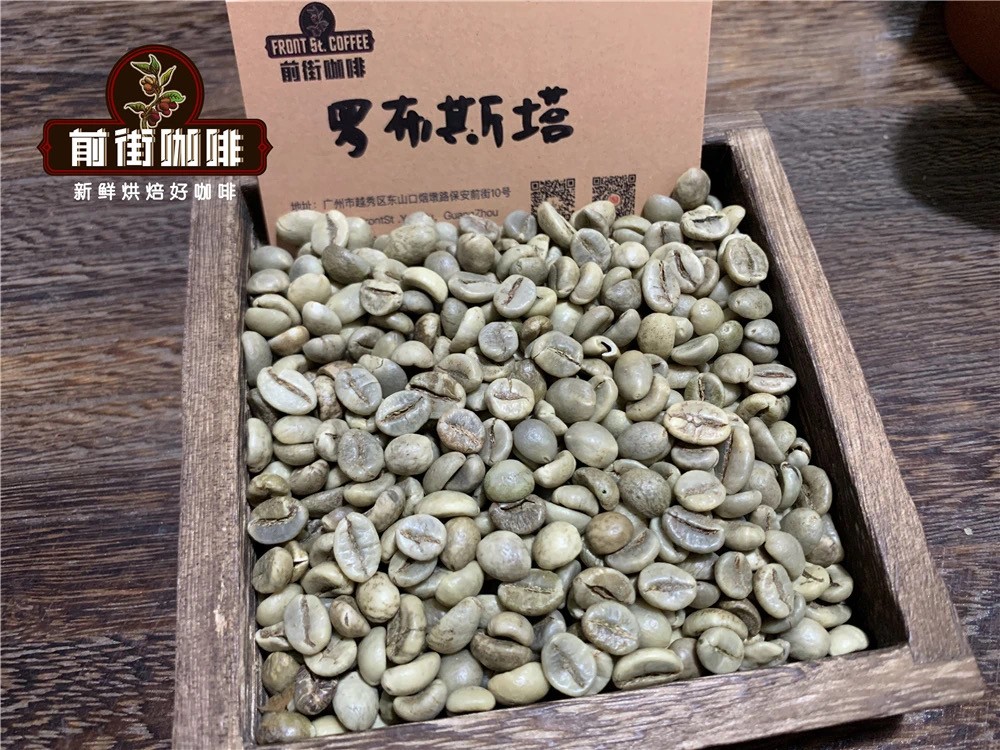
As Robusta has a strong ability to adapt to the environment, it can also grow luxuriantly at an altitude of 0Murray 800 meters. Robusta has a high content of chlorogenic acid, about 7% to 10%, which is not easy to be affected by insects and climate, and is generally planted at a low altitude. The fruit is numerous and fast. At present, the main coffee producing areas are Vietnam, Hainan and Indonesia. Robusta in the front street has Vietnamese Luodou, which is mainly used for commercial blending beans in the front street.
Liberika
The large-grained Liberica coffee was originally grown in the low-altitude forests of Liberia on the West African coast, so it is also known as Liberika coffee. Because of its poor flavor and the difficulty of picking trees, it is currently planted on a smaller scale, accounting for 2% and 5% of global output.
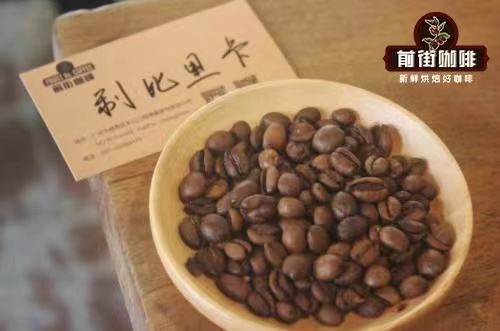
The Liberica coffee tree is much taller than the Arabica species or Robusta, with a height of 6-20 meters, and the Liberica coffee fruit is also larger than the other two coffee species, so the Liberika species is also called large-grained species. At present, cultivation is mainly distributed in Southeast Asia, and the Philippines is currently the largest producer of Liberica coffee.
Is Robusta coffee a boutique coffee?
Because of its high caffeine content and fat content, Robusta was often used as a recipe for espresso beans during the period when espresso was popular around the world, in large part to get caffeine. Its caffeine content is much higher than that of Arabica, about 3.2%.
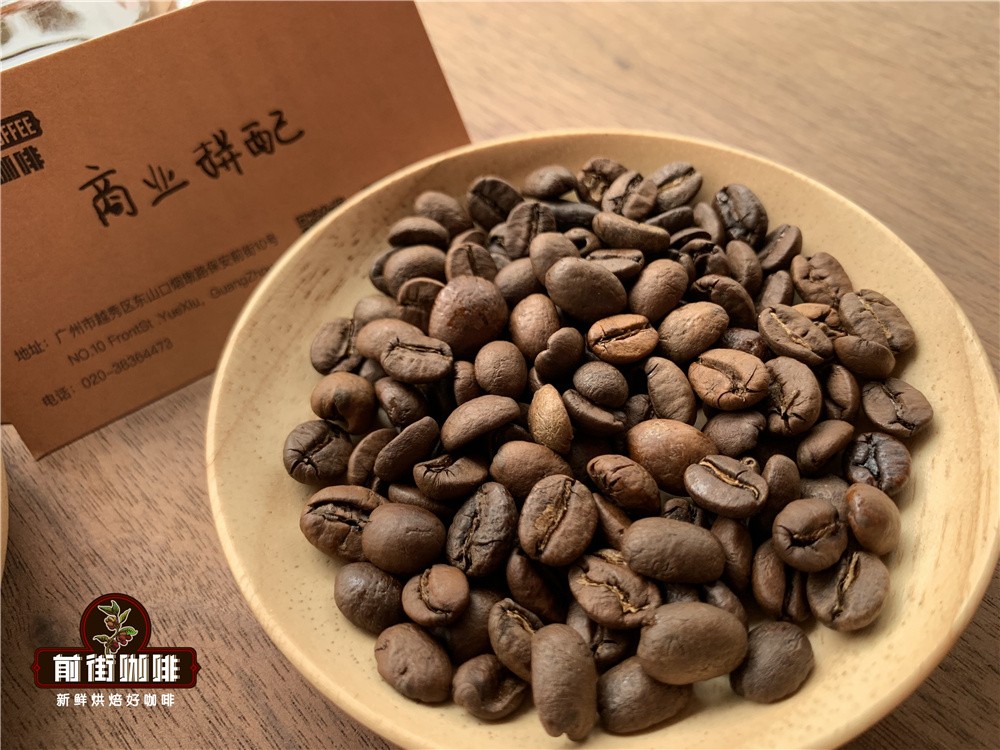
However, after the concept of boutique coffee was put forward, people began to pay attention to the flavor of the place of origin. Robusta's own bitter taste, as well as walnut, peanut, hazelnut, smoked flavor, these flavors appear in coffee is not very good performance. The most important thing is that after the localization of its counterpart Arabica, the performance of its flavor is far better than that of Robusta. This is a congenital problem. Robusta's flavor performance is far less pleasant than Arabica, which is why people tend to choose Arabica.
Some Arabica species produce less caffeine and have a balanced flavor, but they are very expensive, while others have high yields, mediocre flavors and moderate prices. Although Arabica is superior, not all Arabica coffee is good.
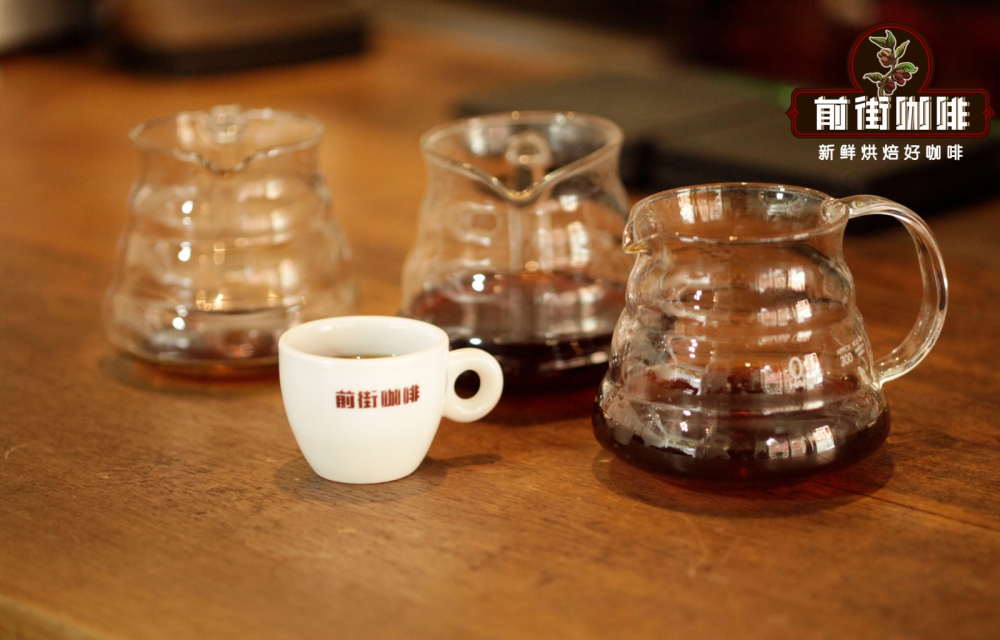
Therefore, most of the coffee on the market is Arabica variety, especially the boutique coffee is almost Arabica variety. Although the flavor of Arabica coffee is good, you still need to pay attention to the freshness of coffee beans in order to brew a good cup of coffee. Qianjie has always believed that the freshness of coffee beans has a great relationship with the flavor of coffee, so the coffee beans shipped in Qianjie coffee are roasted within 5 days. The purpose of Qianjie roasting is "freshly roasted coffee", so that every guest who places an order is the freshest coffee when he receives it. The bean cultivation period of coffee is about 4-7 days, so when the guest gets it, it is the time when the flavor is the best.
For those who need to be ground, Qianjie warmly reminds you that if the coffee beans are ground in advance, there is no need to raise the beans, because in the process of transportation, the pressure caused by carbon dioxide in the package can also make the coffee flavor round. so you can drink a cup of coffee as soon as you receive the coffee powder. But the coffee powder needs to be brewed in time, because the coffee powder oxidizes more quickly after contact with the air, that is to say, the flavor of the coffee will dissipate more quickly, and the flavor of the coffee is not so good. Therefore, Qianjie suggests buying whole beans, grinding and flushing now, so that we can better taste the flavor of coffee.
Professional coffee knowledge exchange more coffee bean information please follow the coffee workshop (Wechat official account cafe_style)
For more boutique coffee beans, please add private Qianjie coffee on Wechat. WeChat account: qjcoffeex
Important Notice :
前街咖啡 FrontStreet Coffee has moved to new addredd:
FrontStreet Coffee Address: 315,Donghua East Road,GuangZhou
Tel:020 38364473
- Prev

Description of flavor, taste and aroma characteristics of Arabica boutique coffee beans
Arabica? Coffee has a varied and broad potential flavor. Arabica coffee produced in different regions, different elevations and different climates usually has its own characteristics and can show a completely different flavor. ? Arabica? When coffee is not roasted, it smells like grass. After proper roasting, it shows. Fruity? (medium and shallow baking) vs.
- Next

A brief introduction to the flavor, taste and aroma characteristics of Indian coffee beans
The story of Shake Omar other legends are Shack, the guardian saint of the Arabian Peninsula. Chuck Omar, a disciple of Caldi, was a highly respected and beloved chief in Mocha, but he was expelled by his people for committing a crime. Shack. Omar was exiled to Osama in the country, where he stumbled upon the fruit of coffee in 1258. One day, Oh.
Related
- Detailed explanation of Jadeite planting Land in Panamanian Jadeite Manor introduction to the grading system of Jadeite competitive bidding, Red bid, Green bid and Rose Summer
- Story of Coffee planting in Brenka region of Costa Rica Stonehenge Manor anaerobic heavy honey treatment of flavor mouth
- What's on the barrel of Blue Mountain Coffee beans?
- Can American coffee also pull flowers? How to use hot American style to pull out a good-looking pattern?
- Can you make a cold extract with coffee beans? What is the right proportion for cold-extracted coffee formula?
- Indonesian PWN Gold Mandrine Coffee Origin Features Flavor How to Chong? Mandolin coffee is American.
- A brief introduction to the flavor characteristics of Brazilian yellow bourbon coffee beans
- What is the effect of different water quality on the flavor of cold-extracted coffee? What kind of water is best for brewing coffee?
- Why do you think of Rose Summer whenever you mention Panamanian coffee?
- Introduction to the characteristics of authentic blue mountain coffee bean producing areas? What is the CIB Coffee Authority in Jamaica?

